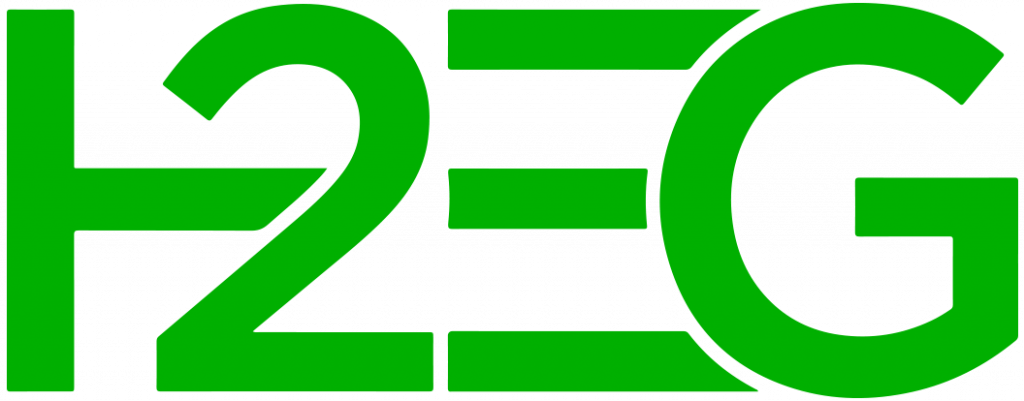
The category complements investment in electronics and healthcare, the energy transition – such as the 200MW ELYgator electrolyser project in the Netherlands – and strategic and bolt-on acquisitions, with DIG Airgas in South Korea and most recently, NovAir in India.
Earlier this month, the French multinational group announced it will invest $50m to upgrade existing hydrogen infrastructure as part of newly signed hydrogen supply deals with two US refiners.
The investment will expand pipeline capacity and integrate new distribution systems to strengthen its footprint in Texas, where it already operates pipeline infrastructure and its La Porte hydrogen facility.
Speaking on an analyst call, CEO Francois Jackow said, “This is a great example of low capital expenditure growth and the benefits of Air Liquide’s assets,” he said.
“We will leverage our existing pipelines and infrastructure for new additional sales. These types of projects are clearly a reservoir of growth in a lower volume environment.”
Air Liquide’s hydrogen pipeline network currently spans over 700km along the Gulf Coast, supplying major industrial hubs across Texas and Louisiana.
The company’s Gulf Coast network is also connected to the world’s largest hydrogen cavern in Spindletop, Texas, which it has operated since 2017.
Over half of its €4.6bn ($5.3bn) investment backlog is linked to hydrogen and the energy transition, with €2.3bn ($2.6bn) in new investments approved in the first half of 2025.
Air Liquide Executive Committee member Emilie Mouren-Renouard attributed hydrogen supply challenges in Germany to “events with customers”, and said overall the business was “resilient”.
“Another sector where we see the most drive is RFNBO hydrogen – there is still room here for good projects with small customers, and we have signed offtakers,” she said.
Revenues rose in the third quarter 1.9% to nearly €6.6bn ($7.7bn), driven by a similar percentage growth in its Gas and Services businesses. But Asia-Pacific, a recent growth driver, saw sales drop slightly by 0.8% year-on-year.
In what it described as an uncertain industrial environment, healthcare and industrial merchant were growth drivers, up 5% and 3% respectively. Geographically, the Americas stood out with 5% growth while revenues in Europe, the Middle East and Africa (EMEA) rose marginally (0.4%).
Jackow said growth was better than expected at the start of the quarter and its backlog now stands at a record €5bn ($5.8bn).
“We do expect Q4 to be above Q3,” he said. “But in the current environment, we have to be cautious. Overall, the trend should be positive.”

